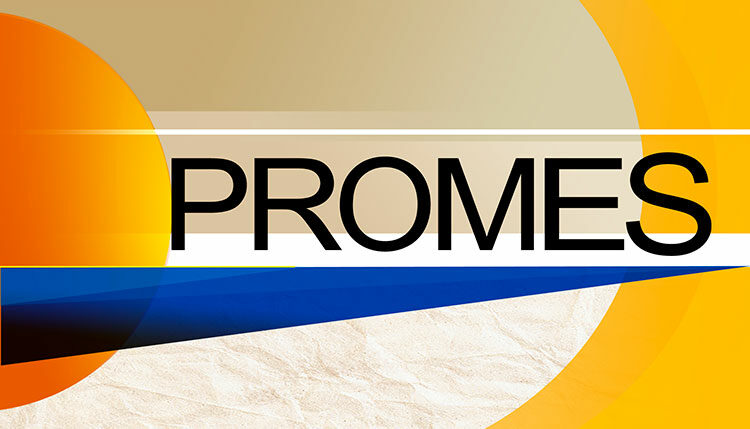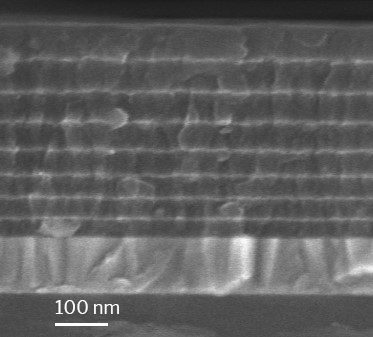
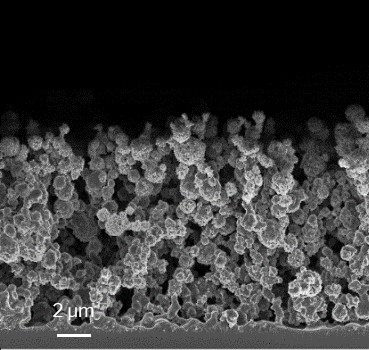

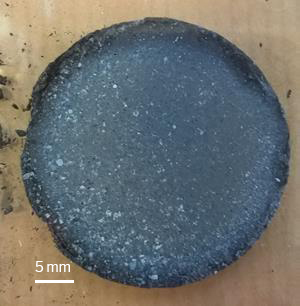
From left to right: PVD/PECVD solar selective absorber W/SiCH mutinanocoatings for concentrated solar power, PA-PECVD TiO2/polymer nanocomposites, nanocomposite formed in natural atmospheric plasmas, solar selective absorber TiC-SiC nanocomposite for concentrated solar power
Materials science encompasses many possible approaches, from the atomic scale to the macroscopic behavior of solids, from fundamental phenomena to everyday applications. In PROMES laboratory, the aim of the Materials for Energy and Space (MES) theme, which brings together more than thirty researchers involved in the development and understanding of the materials of the future, is to work towards a viable and efficient use of these materials.
We are interested in the optical, thermoradiative, electronic and mechanical properties of condensed matter. We use original synthesis methods (solar or plasma sources) and state-of-the-art characterizations where materials can be subjected to extreme conditions thanks to the unique facilities of the Odeillo large solar furnace.
We develop theoretical and numerical approaches adapted to the different scales studied, from the theoretical chemistry of the nano-object to the phenomenological model describing the material integrated in a complete experimental device.
Our studies benefit in fine to concrete and varied applications: fiber optic dosimeters for nuclear safety, thermal shields for space vehicles, new absorber coatings for solar power plants, innovative devices for concentrated photovoltaics.
Our research is structured in five actions detailed below

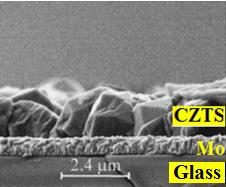

Integrated (Nano-)Materials and Sustainability
Because of its applications, materials science must take into account its impact on nature and the management of the resources used. MES contributes to an efficient and sustainable approach by studying the aging and decomposition phenomena of natural or synthesized materials. Our analyses are multi-scale, from carbon nanocomposite structures to materials for thermodynamic solar power plants with lifetimes of several decades. Resource management and the scarcity of some elements impose, in the long term, frugality and adaptation. MES responds to these challenges by directing its research towards the use of new or alternative materials with remarkable optoelectronic properties, for energy conversion that respects ecological requirements.
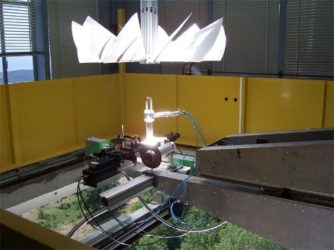

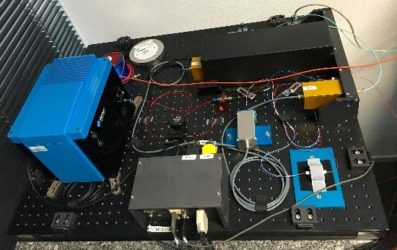
Mechanical, thermal and optical behaviors under extreme conditions
The applications covered by MES often impose extreme conditions on materials, for which they must be tried, without losing their original properties.
Thermomechanical stresses are intense in concentrated solar power plants and spacecraft heat shields. The issue of aging is also critical for optical applications where absorption/reflection properties must be preserved: fiber optic dosimeters for nuclear power, coatings for photovoltaic and concentrated solar power, etc. The objective of MES is twofold : to contribute to the qualification of new materials and to characterize them under stress. Experimental resources under high solar concentration (e.g. the 1 MW furnace at Odeillo) play an essential role.

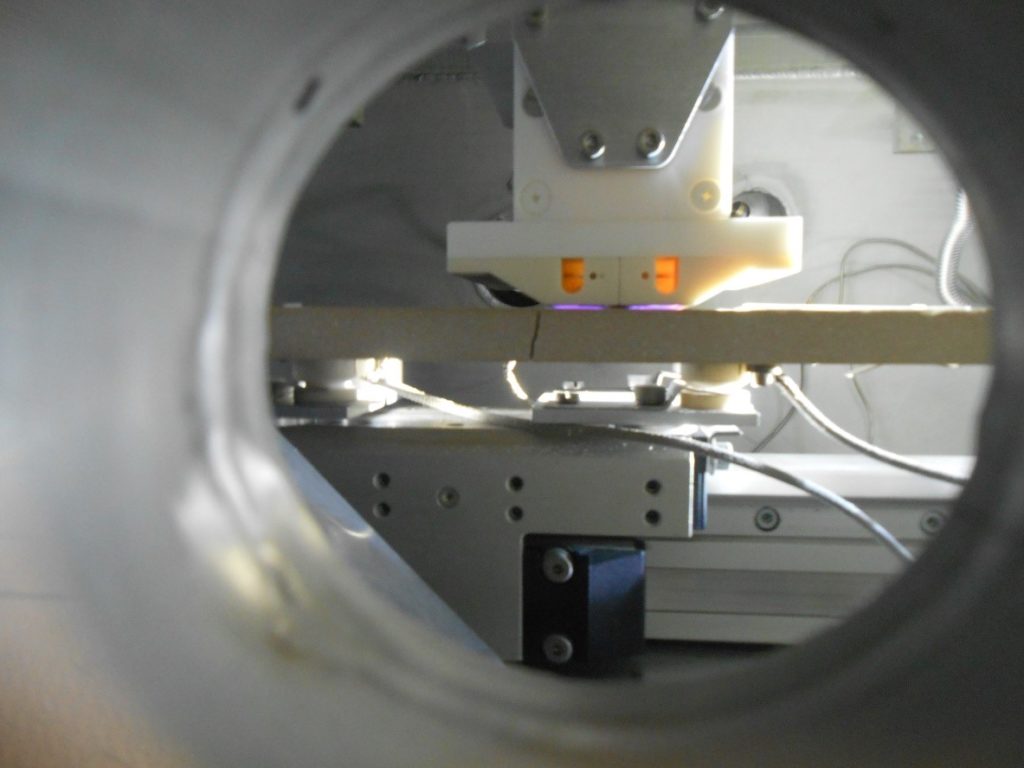
Original synthesis methods of materials with controlled properties
MES develops innovative processes for the elaboration of materials (metals, semiconductors, ceramics; nanostructured, nanocomposites, thin films or bulk) where growth conditions must be finely controlled in order to obtain the desired properties: electronic, optical, thermoradiative, thermomechanical. In particular, we develop and study processes of: nanostructure synthesis by solar and chemical techniques; nanostructured thin film deposition by chemical, physical or hybrid methods in gas phase, assisted by high density plasmas at low pressure or atmospheric pressure, using unconventional solid, liquid and gaseous precursors.
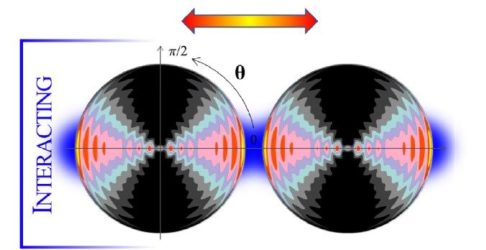
Design and emerging properties of new materials
« God made the bulk, the surface was invented by the Devil », Wolfgang Pauli.
The advent of nanosciences has shown that the optical and electronic properties of matter are often enhanced, and sometimes even modified, when considering materials with at least one nanometric dimension (thin films, nanoscale wire or nano-object). MES studies the original properties, intrinsic and collective, that emerge from nanostructured and/or composite materials. To this end, we combine theoretical and experimental approaches to synthesize these materials, characterize them (electronically and optically) and interpret, predict and even optimize their behavior.


Transport and energy conversion phenomena
MES developments are aimed at applications in energy conversion and transport. We are studying, for example, the properties of semiconductor materials for photovoltaic applications under concentrated or non-concentrated solar flux, innovative hybrid photovoltaic/thermal* devices, solar catalysis processes or magnetic hyperthermia. Depending on the scale considered, the challenges to be met are of different natures. Indeed, for the first example, the challenge is to develop an original, accurate and inexpensive characterization method; in the second case, it is to model the possible devices in order to optimize the conversion process. But, if the properties of transport and energy conversion at the macroscopic scale are well understood, they are not so straightforward at the nanoscale. Thus, for the last two examples, classical theories become obsolete and we develop new ones.
* Our Hybrid PV-CSP research project is supported by solar irradiance data from Solcast
Head of the theme
Deputy Head of the theme
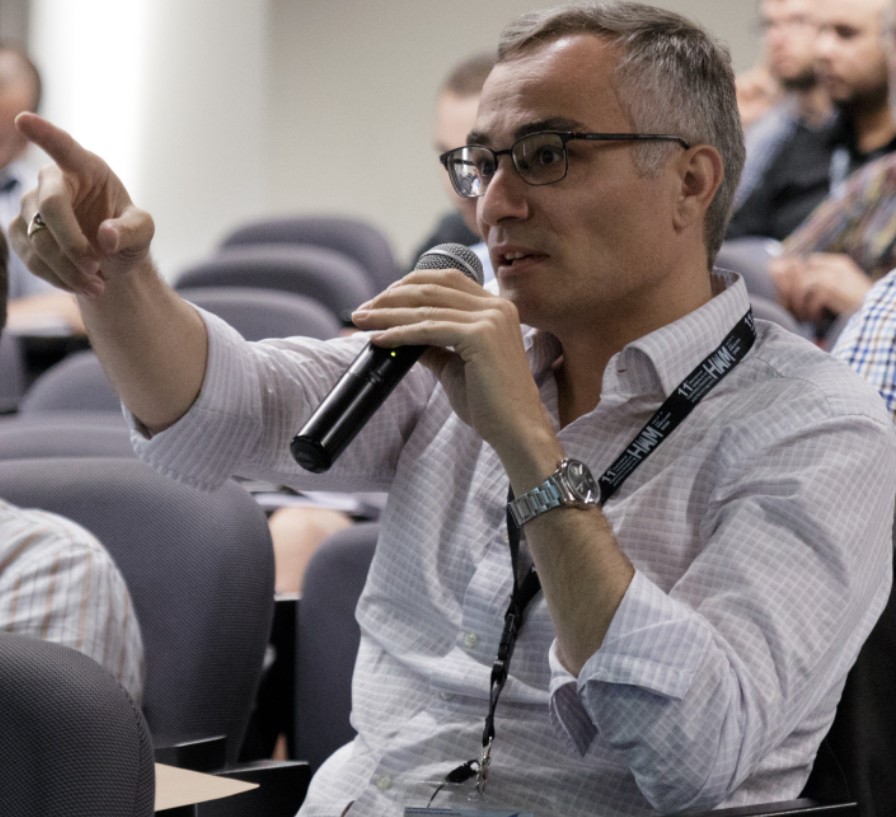
François VERNAY
Professor University of Perpignan
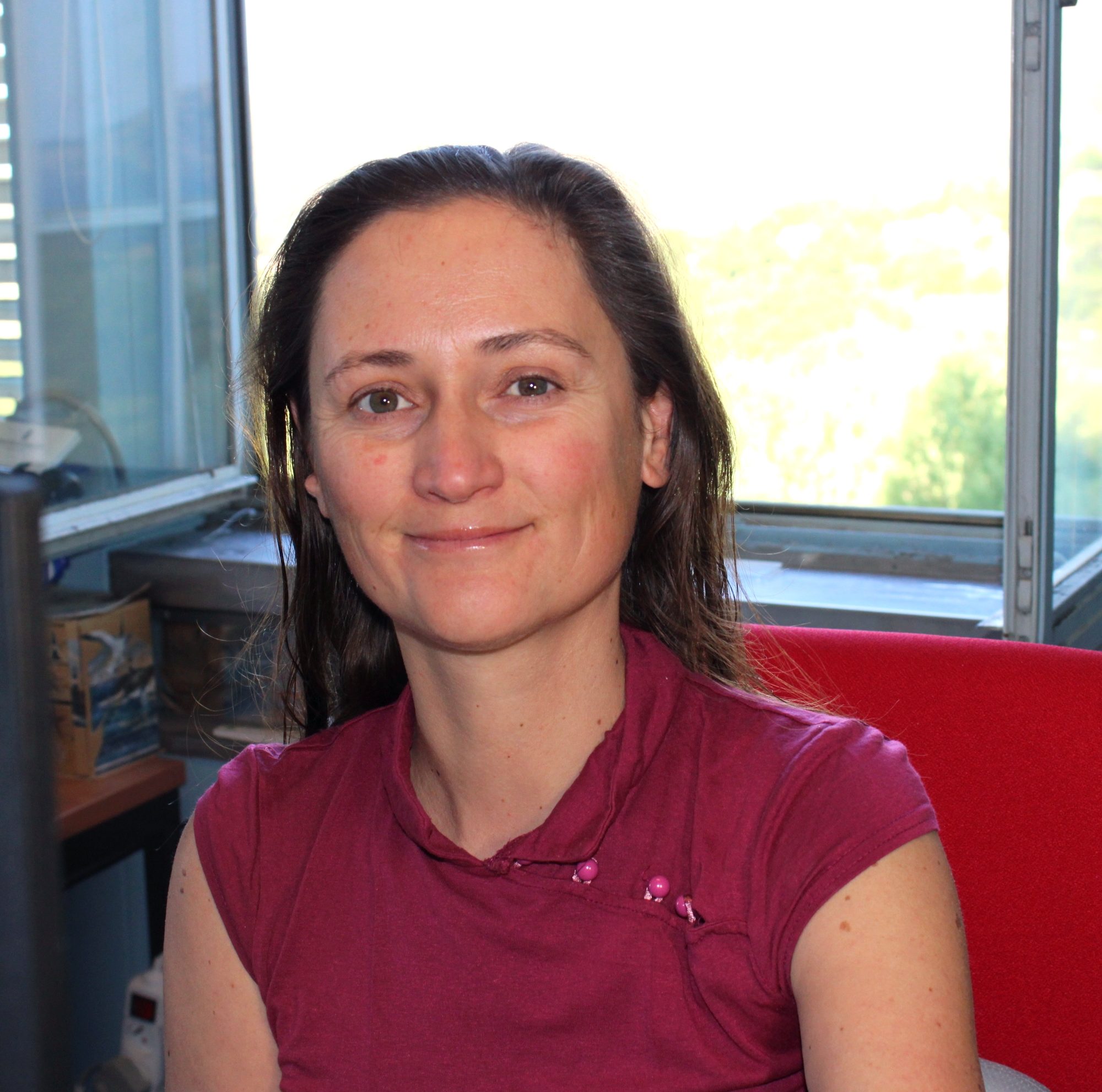
Audrey SOUM-GLAUDE
CNRS Research Engineer
Members in the theme
| Nom de la Thématique | Matériaux pour l'Energie et l'Espace (MEE) |
|---|---|
| Responsable | François VERNAY |
| Adjoint•e•s | Audrey SOUM-GLAUDE |
| Nombre de C/EC/IR | 17 (5 C/ 11 EC/ 1 IR) |
| Nombre de Doctorants/Post-docs/ATER/... | 10 (7 doctorant•e•s/ 2 Postdoc/ 1 ATER) |
| Membres permanents de la Thématique et statut (IR, CR, DR, MCF, PR - HDR) | Noémi BARROS, MCF UPVD |
| Membres non-permanents de la Thématique et statut (Doctorant, Post-doctorant, ATER, …) | Salomé BAUDOIN, CDD IE |
